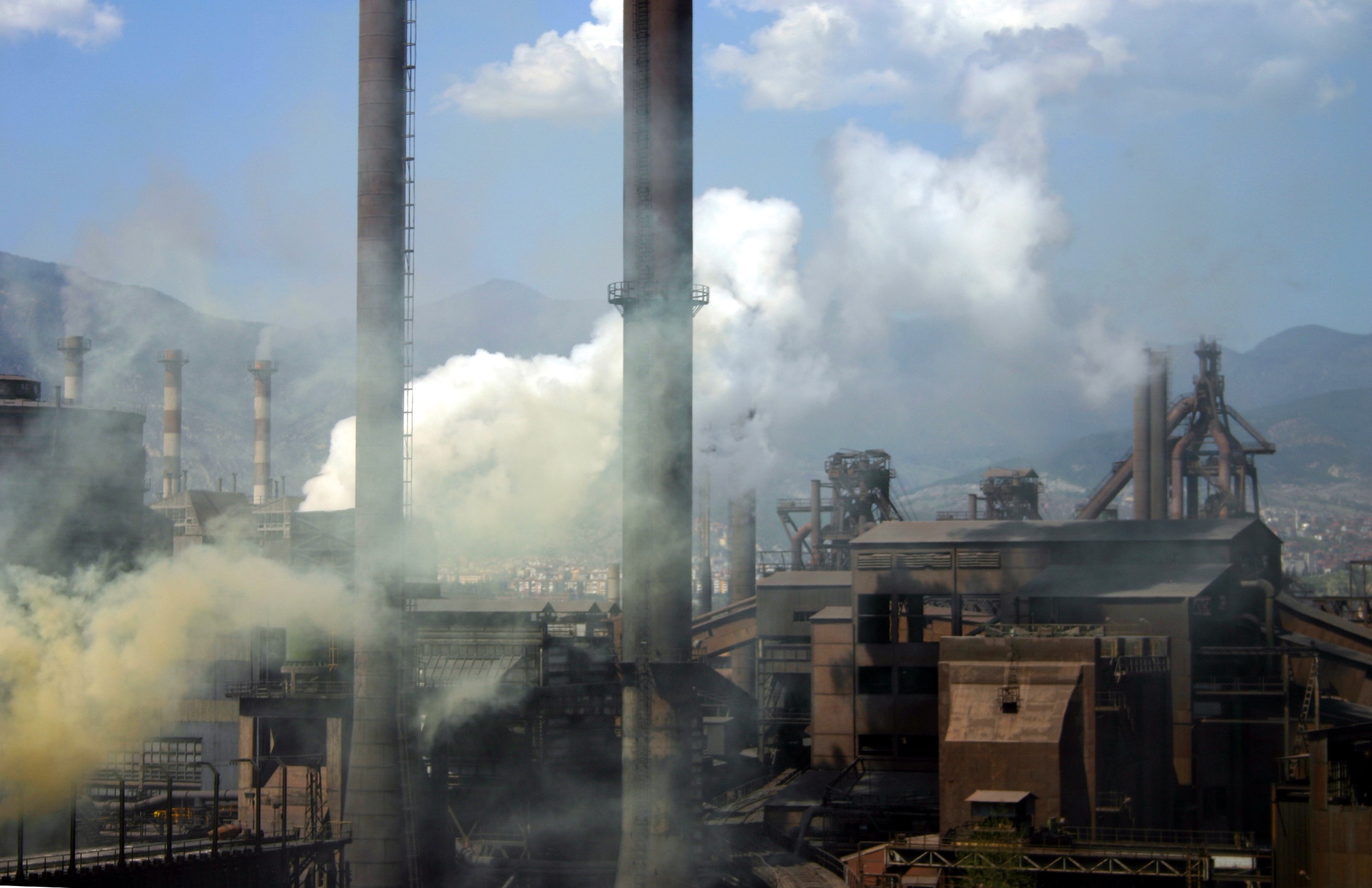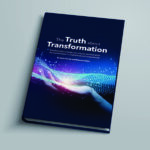The Costs of Driving Efficiency


The Costs of Driving Efficiency
Organizational Transformations We Live Through But Don’t Notice
Issue 221, July 17, 2025
What is the cost of driving efficiency? In the process of ensuring the sustainable profitability of an organization, the business model becomes subtly reshaped. It may not be obvious at the time, but short-term financial and structural decisions in the interests of long-term success remold the workforce, the organizational culture, and can trigger larger socio-cultural trends.
Rewriting History
Historically, organizations seek to be more efficient and maximize profit to please stakeholders/shareholders and meet market demand for their products or services. This strategy ensures their competitiveness and protects their market share. At the same time, they are players in a continuous evolution that could be revolutionary in the history of business models, although the foundational changes may not be recognized in the moment. We are at one of those pivotal moments in history where our actions are fundamentally altering the concept and structure of human work.
The Industrial Age remains the bedrock that many countries and our global economic system are built on. It represented so many innovations and advances that historians can easily lose count. Each shift was the result of humans seeking more efficiency and faster ways to produce items in quantities sufficient to meet demand and of course, to maximize profit. As a result of industrialization, the United States became the largest economy in the world, wielding more influence and power than any other country.
Industrial Age history wrote itself with the advance of urbanization, child labor exploitation, transcontinental transportation, department stores, class distinction, and World War I. There is always a cause and effect to macro movements and cultural shifts that make foundational changes in our professional and private lives. These changes are often hard to see at the time and nearly impossible to connect to larger shifts changing the course of history.
Macro Shifts
The developments during the Industrial Age have informed and shaped our lives with significant changes, including altered work models and new financial and structural systems, along with societal shifts. Global society and new business models were reshaped by economic needs during the Industrial Age, all of which had an impact and influence on the quality of life … or not.
- Factories and Mechanized Labor: Mass production replaced artisanal craftsmanship and introduced rigid work schedules and time discipline. This gave rise to the modern concept of the workweek and hourly wages.
- Pollution and Environmental Degradation: Coal-powered factories and trains led to urban smog and contaminated rivers, which set the stage for the environmental crises of the 20th and 21st centuries.
- Rise of Capitalism and Financial Institutions: New banking systems, stock exchanges, and global trade routes expanded. The era of large-scale capitalism and monopolies began (e.g., Carnegie, Rockefeller) and the stark difference in the living conditions of the ultra-rich in the Gilded Age and everyone else.
- Labor Unions and Workers’ Rights Movements: Harsh working conditions sparked the rise of labor unions and the strikes and protests that led to reforms like the eight-hour workday and child labor laws.
- Public Education Expansion: Nations began educating the population to prepare them for industrial jobs. Literacy rates rose, fueling future innovations and the creative class.
- Suburbanization and Infrastructure Development: Railroads and trolleys enabled people to live farther from where they worked. Cities were restructured around industrial and transportation hubs.
- Colonialism and Resource Dominance: Industrial nations expanded empires to secure raw materials (e.g., rubber, cotton), which led to the exploitation of colonized populations and disrupted local economies.
- Consumer Culture and Advertising: Mass production made goods more accessible. And the birth of marketing, branding, and modern advertising propelled consumer demand.
- Health and Safety Challenges: Poor ventilation and hazardous machinery caused widespread illness and injury, which eventually led to workplace safety laws. Despite the diseases and death resulting from the rise of factories and related industrial advances, we traded the negatives for a more comfortable and affluent life.
These historic shifts redefined our organizations and societies and became the foundation for law, finance, government, and culture. Over the last 185 years, we moved from industrial manufacturing to a “white-collar” economic engine. The shift from being paid to produce with our hands to being paid to produce with our minds seems like a natural progression. Now, with the acceleration of technology and the dawn of the AI Era, we are once again at a hinge point of major human-architected change.
Living History
So, as we race head-first into the AI Era, what are the cause-and-effect changes that are reshaping our organizations in real time that we may not recognize? Granted, it’s hard to see macro shifts taking place while immersed in the process. However, with the rate of change propelled by AI and the goal of being more efficient and effective, our organizations and workplaces are evolving more quickly.
Efficiency appears to be contributing to our current evolution of organizational structures so that humans become less valuable or where they are no longer needed. As such, the concept of work is fundamentally changing despite the current political sentiment to return to an irrelevant, nostalgic past.
To start, think about the concept of “fading middle managers, fading middle class.” The economic middle class is shrinking and represents a correlation between organizational structure and broader socioeconomic trends. This kind of relationship—where business dynamics reflect and reinforce societal shifts—is becoming more transparent.
Just as the Industrial Age unlocked significant changes to create the world we live in, our current era has its own cause-and-effect shifts.
- Rise of Gig Work = Rise of Economic Instability: As companies increasingly shift to contract, freelance, and gig-based labor, workers lose access to stable income, benefits, and career growth. This shift mirrors and amplifies the decline of long-term employment and increases individual financial insecurity. It also affects the lack of legacy knowledge in organizations, which can undermine their institutional foundation. And gig work is also a factor in the fading middle management state of our organizations.
- Flattened Organizations = Flattened Career Ladders: The trend toward flatter organizational structures may improve agility, but it also reduces opportunities for advancement. Without clear pathways upward, employees face stagnation and disillusionment, just as many younger generations struggle to achieve financial and social mobility. As a result, the concept of portfolio careers has emerged; employees take their expertise and niche career skills with them from one organization to the next instead of making a lifetime career at one place.
- AI Gains = Human Value Erosion: We are in the early moments of the AI revolution. As organizations continue to automate tasks with AI—from manufacturing to decision-making—human labor is increasingly devalued, especially in routine roles. This technological displacement reflects a broader dehumanization of work and a reallocation of power toward capital over labor. Those who can manage AI will rise through the ranks as valuable leaders in the organization of tomorrow while many others will be left behind.
- Remote Work Expansion = Community Fragmentation: The rise of remote work boosts flexibility and cost savings but can erode physical communities and organizational culture. Similarly, society experiences increasing isolation, declining civic engagement, and weakening social bonds. The center cannot hold if there is no longer a center.
- Investor Power = Worker Power Loss: Shareholders dominate organizational decision-making, resulting in leaders prioritizing investor returns over employee welfare. This parallels the growing wealth inequality, where capital owners reap vast gains while wages for the average worker stagnate or where inflation overtakes minimal salary gains. The distinction between the haves and the have-nots in both society and organizational culture has become more obvious.
- Elite Education = Widening Access Gap: Top-tier organizations only recruit from elite universities, creating a closed loop as society increasingly rewards the already privileged. Education is still a gatekeeper to opportunity; both organizations and society suffer from deepening divides in opportunity and outcomes.
History Repeats Itself
Harry Truman once said the “The only new history is the history you haven’t read.” It is logical to assume, then, that our entrance into the AI Era is a repeat of the Industrial Age in the ways our institutions, organizations and even human values are in the throes of changes that we do not recognize. We have intellectuals and scientists on both sides of the progress divide; one arguing about the positives and the other impending disasters. As with the middle class and middle managers, we don’t have many voices in the center defending a balanced perspective.
The Chicken Little “sky is falling” outlook of today’s Luddites is very convincing. As is “The sky is the limit” perspective of the gung-ho AI tech community. The challenge for leaders is to find the common ground in pursuing efficiency while respecting the human factor that organizations still depend on. We are at a hinge point in human history, and it requires intellectual curiosity, skepticism and critical thinking to lead an organization forward. In our economic system, organizations remain the anchor of local communities and the ballast of their workforce. Mediating AI and tech advancements with the unique talents and skills of human power will define the leaders of the near future.
The Choice Before Us
We stand at a crossroads where efficiency and humanity intersect. Unlike our Industrial Age predecessors, we have the advantage of historical perspective—we can see the patterns, anticipate the consequences, and make conscious choices about the organizational cultures we’re creating.
The leaders who will thrive in this AI era won’t be those who maximize efficiency at any cost, nor those who resist technological progress. They’ll be the ones who recognize that sustainable success requires balancing optimization with human flourishing, and who understand that the most efficient organization is worthless if it cannot attract, retain, and inspire the people who drive its mission.
This moment demands that we become conscious architects of change rather than passive participants. As you consider your organization’s path forward, three questions deserve serious reflection:
- What history are you writing for your organization?
- What will your legacy be?
- How will you improve the professional and personal lives of your workforce and customers?
The answers will determine not just your organization’s future, but your contribution to the larger story we’re all living through. Interested in exploring these questions further? Let’s talk!
The Truth About Transformation: Why Most Change Initiatives Fail (And How Yours Can Succeed)
Why do 70% of organizational transformations fail?
The brutal truth: It’s not about strategy, technology, or resources. Organizations fail because they fundamentally misunderstand what drives change—the human factor.
While leaders obsess over digital tools, process improvements, and operational efficiency, they’re missing the most critical element: the psychological, behavioral, and cultural dynamics that actually determine whether transformation takes hold or crashes and burns.
The 2040 Framework reveals what really works:
- Why your workforce unconsciously sabotages change (and how to prevent it)
- The hidden biases that derail even the best-laid transformation plans
- How to build psychological safety that accelerates rather than impedes progress
- The difference between performative change and transformative change that sticks
This isn’t theory—it’s a battle-tested playbook. We’ve compiled real-world insights from organizations of all sizes, revealing the elements that comprise genuine change. Through provocative case studies, you’ll see exactly how transformations derail—and more importantly, how to ensure yours doesn’t.
What makes this different: While most change management books focus on process and tools, The Truth About Transformation tackles the messy, complex, utterly human reality of organizational change. You’ll discover why honoring, respecting, and acknowledging the human factor isn’t just nice—it’s the difference between transformation and expensive reorganization.
Perfect for: CEOs, change leaders, consultants, and anyone tired of watching transformation initiatives fizzle out despite massive investment.
Now available in paperback—because real transformation requires real understanding.
Ready to stop failing at change? Your organization’s future depends on getting this right.



